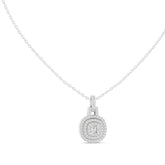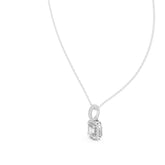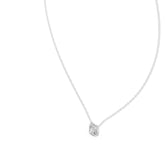Metal Selection
Gold: Gold purity is measured in karats, which represents the ratio of pure gold to other metals in the alloy. The most common karat options for gold jewelry are:
-
24K Gold: Considered pure gold, 24 karat gold contains 99.9% gold with minimal alloying metals. It has a vibrant yellow color and is the softest and most malleable form of gold. However, due to its softness, it is less suitable for intricate jewelry designs.
-
18K Gold: Comprised of 75% gold and 25% other metals (such as copper, silver, or zinc), 18 karat gold is popular for its balance between purity and durability. It offers a rich gold color while providing greater strength and resistance to wear.
-
14K Gold: Made up of 58.3% gold and 41.7% other metals, 14 karat gold is a common choice for jewelry due to its durability, affordability, and appealing color. It maintains a good balance between gold purity and strength.
-
10K Gold: Containing 41.7% gold and 58.3% other metals, 10 karat gold is the minimum gold content required to be legally classified as gold in many countries. It is more durable and affordable but has a slightly paler yellow hue compared to higher karat options.
Silver: Silver used in jewelry is typically sterling silver, which is an alloy consisting of 92.5% silver and 7.5% other metals, commonly copper. Sterling silver is renowned for its brilliant white color, affordability, and versatility. It is durable enough for everyday wear and is frequently used in various jewelry designs.
Platinum: Platinum is a naturally white, precious metal known for its rarity, durability, and hypoallergenic properties. It is commonly used in high-end jewelry due to its exceptional strength and resistance to corrosion. Platinum jewelry is usually crafted with a purity of 95% or 90%, known as platinum 950 and platinum 900, respectively.
Each metal has its own unique properties, aesthetic appeal, and price range, allowing individuals to choose based on their preferences, budget, and desired characteristics for their jewelry pieces.






